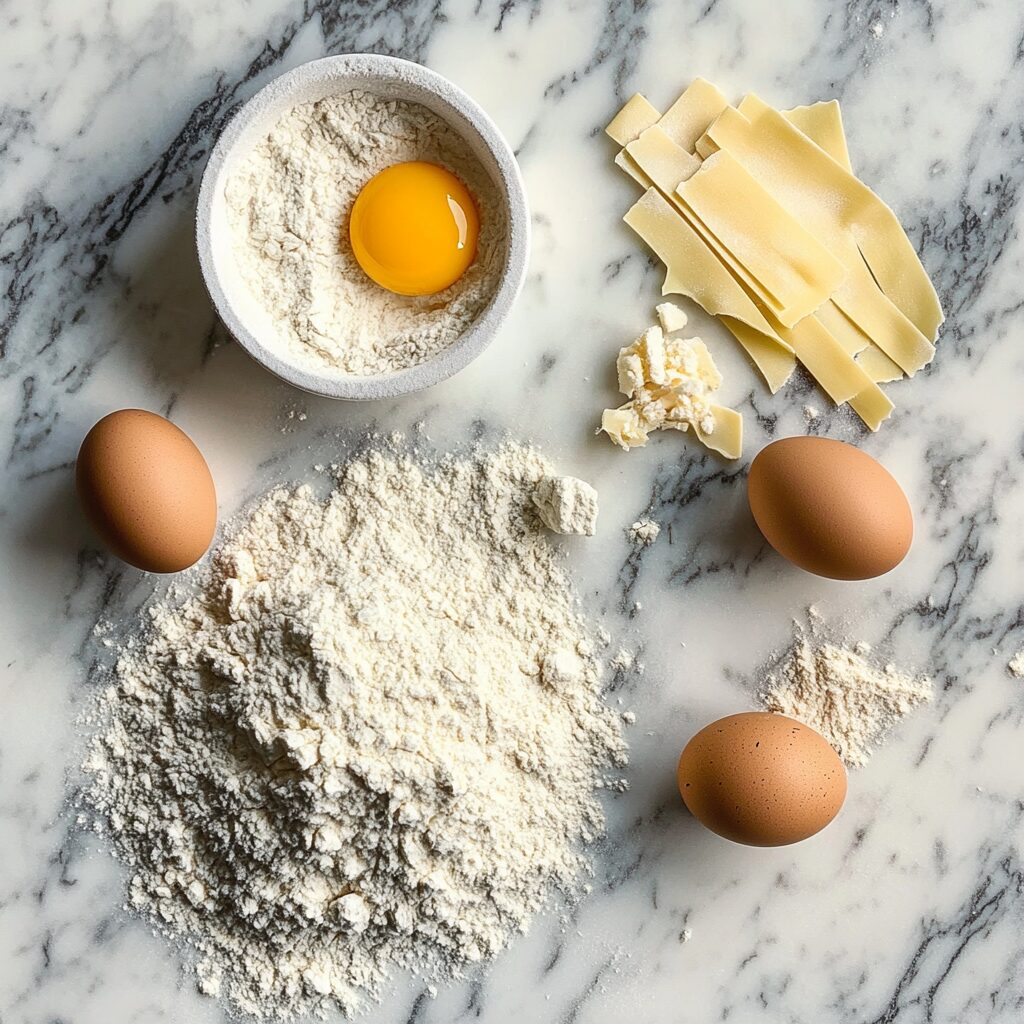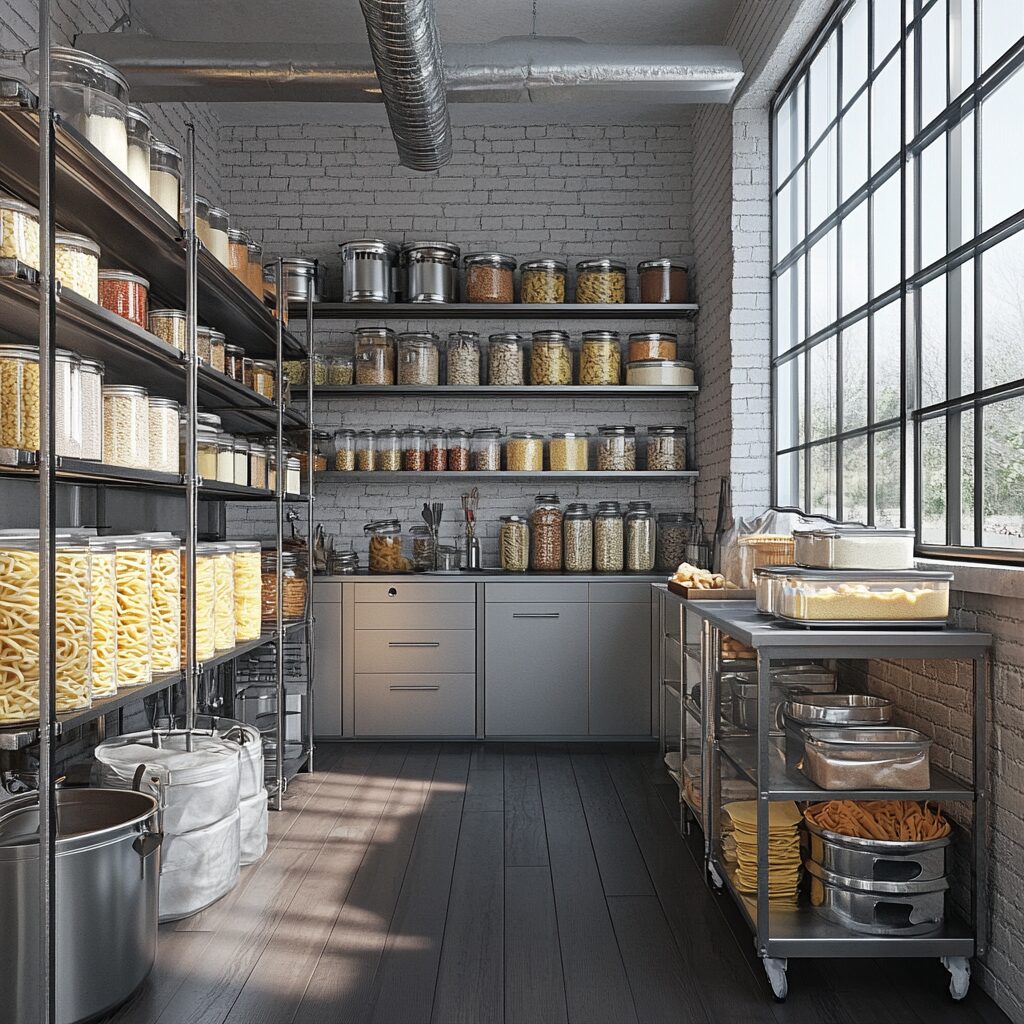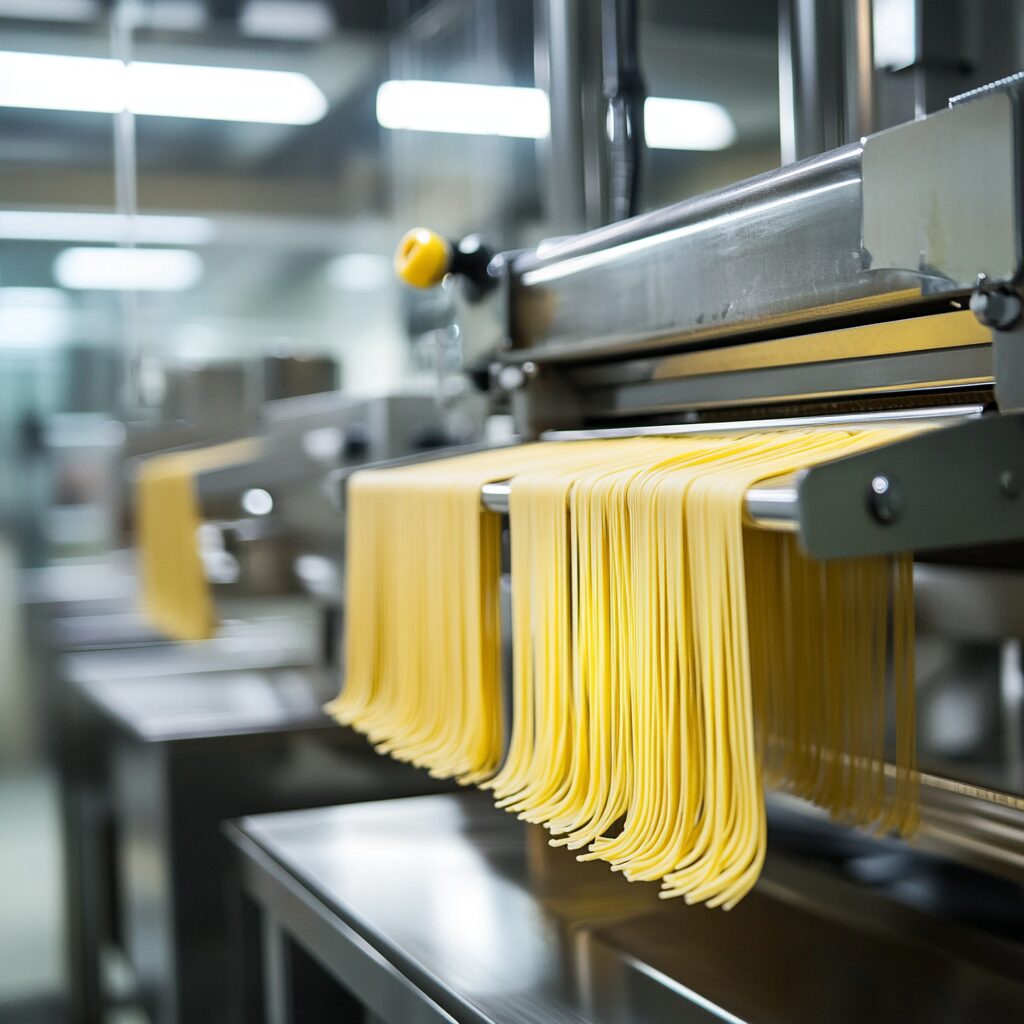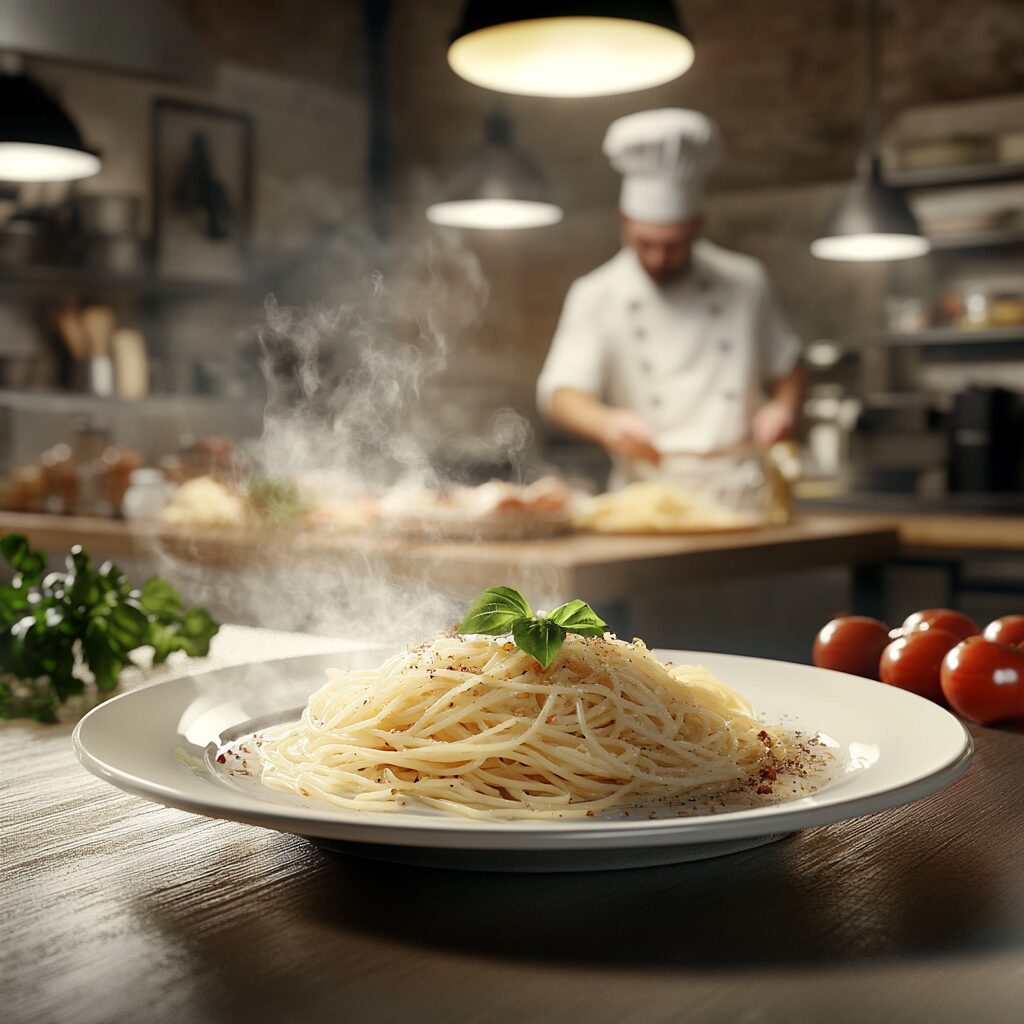A plate of spaghetti with tomato sauce costs restaurants about $6 in raw ingredients, yet many charge $14 or more for this simple dish. Some upscale establishments are now pricing pasta dishes at an eye-popping $50. What’s behind these astronomical markups? The answer involves far more than just flour and eggs.
Raw ingredients make up only 15% of pasta prices

While the basic ingredients for pasta are relatively inexpensive, they represent just a fraction of the final menu price. According to industry standards, food costs typically account for only 30% of a restaurant’s total expenses. For pasta dishes specifically, the raw ingredients often make up as little as 15% of the menu price.
This pricing structure isn’t arbitrary. Restaurants must factor in overhead costs, including rent, utilities, and equipment maintenance. A typical profit margin target is 20%, with the remaining revenue allocated to various operational expenses.
Consider a basic spaghetti with tomato sauce. While the ingredients cost $6, the final menu price of $14 reflects the true cost of getting that plate to your table.
Rising labor costs drive pasta prices skyward
Labor costs have surged dramatically in recent years. Line cook wages have increased 31% since 2019, now averaging $19.67 per hour. This increase significantly outpaces the 20% wage growth seen across other private sector jobs.
Making fresh pasta is particularly labor-intensive. A single batch of tortelloni can require up to four hours of skilled labor. This includes mixing and kneading the dough, rolling it to the perfect thickness, cutting shapes, and preparing fillings.
When you factor in the time required for sauce preparation and final cooking, the labor costs can easily exceed the price of the raw ingredients by several times.
Supply chain disruptions impact ingredient costs

Recent global events have severely disrupted supply chains, causing ingredient costs to rise. These disruptions have forced restaurants to raise prices to maintain their profit margins.
The war in Ukraine has particularly impacted wheat prices, a crucial ingredient in pasta production. Many restaurants have had to absorb these increased costs or pass them on to customers.
Even seemingly minor ingredients like olive oil and specialty cheeses have seen significant price increases due to global supply chain issues.
The perception of pasta as a luxury item
American restaurants have successfully positioned pasta as an upscale dining option, despite its humble origins. This perception allows establishments to charge premium prices for what are essentially simple dishes.
Many restaurants invest heavily in creating an elevated dining experience, with sophisticated ambiance and exceptional service. These elements contribute to the perceived value of pasta dishes.
The trend has spread beyond fine dining establishments. Even casual Italian restaurants now regularly price pasta dishes at $30 or more.
Affordable alternatives do exist

Some restaurants have found innovative ways to offer more reasonable prices. Establishments like Uovo maintain $18 price points for classic dishes by importing pre-made pasta from Italy.
Other restaurants offer both fresh and dried pasta options at different price points, allowing customers to choose based on their preferences and budget.
Some establishments focus on takeout service and bulk preparation to reduce overhead costs, passing these savings on to customers.
The industry outlook remains uncertain
The Italian restaurant industry has grown at a rate of 3.5% annually, reaching $94.8 billion in revenue for 2024. However, rising inflation and cost-of-living pressures continue to challenge the industry.
Many restaurants are exploring alternative pricing strategies and menu innovations to maintain profitability while keeping prices accessible to customers.
The resolution of global conflicts and supply chain issues could help stabilize prices, but the industry must continue adapting to changing economic conditions.
The next time you see a $30 pasta dish on a menu, remember that you’re paying not just for the ingredients, but for the labor, expertise, and entire restaurant operation that brings that plate to your table. While the markup might seem extreme, it reflects the complex economic reality of running a restaurant in today’s challenging environment.

